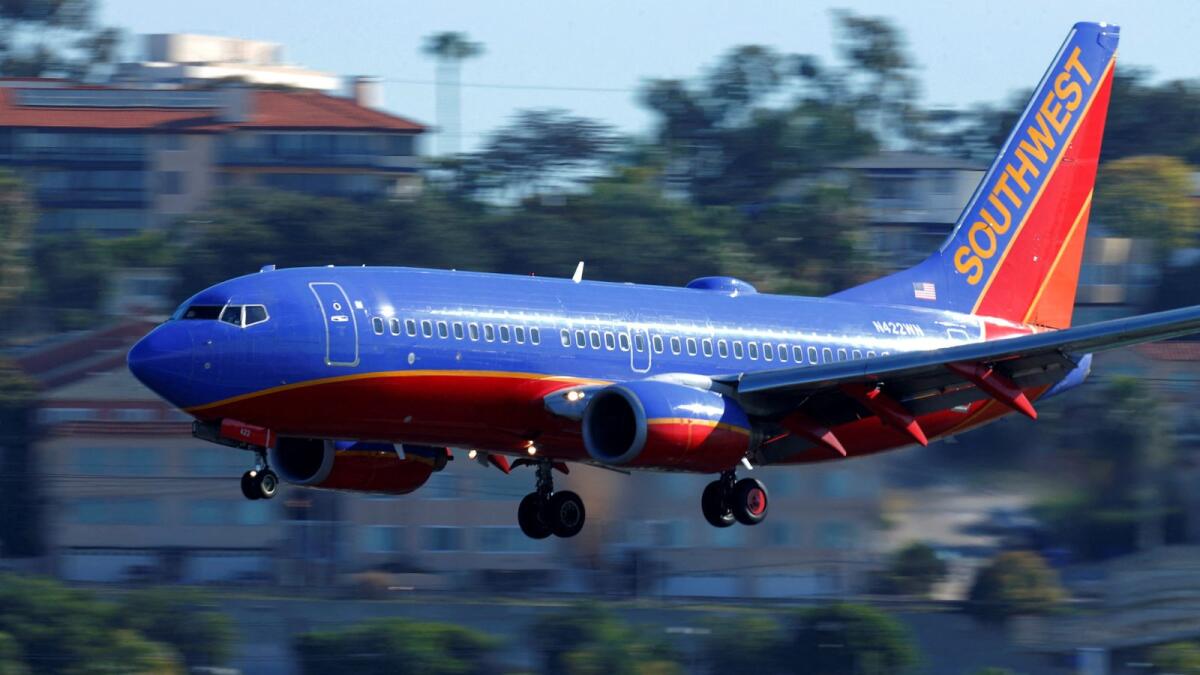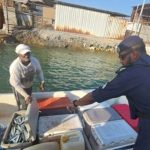The Federal Aviation Administration (FAA) is currently investigating a Southwest Airlines flight that flew at a very low altitude over Tampa Bay, Florida, raising safety concerns. The incident occurred on July 14 when a Southwest Boeing 737 MAX departing from Columbus, Ohio, dropped to as low as about 53 meters, prompting an air traffic controller to divert the plane to Fort Lauderdale. This incident is the latest in a series of incidents involving Southwest Airlines flights that have resulted in safety concerns.
Southwest Airlines stated that they are working with the FAA to understand and address any irregularities following the July 14 flight. The airline emphasized that safety is their top priority for both customers and employees. This incident comes after a Southwest 737 flight in April that nearly hit the ocean off Hawaii, as well as another low altitude flight near Oklahoma City in June. All of these incidents have prompted investigations by the FAA and other safety agencies.
In addition to the Tampa Bay incident, the FAA is also looking into a Southwest 737 MAX flight that experienced a “Dutch roll” at 34,000 feet in May. Dutch rolls are lateral asymmetric movements that can pose serious safety risks. Another incident being investigated involved a Southwest flight departing from a closed runway in Portland, Maine in June. These incidents highlight the importance of safety protocols and procedures within the aviation industry to prevent accidents and ensure the well-being of passengers and crew members.
The safety of passengers and crew members is a top priority for airlines, including Southwest Airlines. Following the recent incidents involving their flights, Southwest is actively cooperating with the FAA and other safety agencies to address any irregularities and ensure the highest safety standards. These incidents underscore the importance of ongoing safety monitoring and training within the aviation industry to prevent accidents and maintain a high level of safety for all flights.
The FAA’s investigations into the Southwest Airlines incidents demonstrate the agency’s commitment to ensuring the safety of the aviation industry. By thoroughly examining each incident and implementing corrective actions, the FAA aims to prevent similar occurrences in the future. This proactive approach to safety oversight is essential for maintaining public trust and confidence in the airline industry, as well as ensuring the well-being of passengers and crew members on every flight.
Overall, the recent incidents involving Southwest Airlines flights highlight the importance of safety protocols and regulations within the aviation industry. By conducting thorough investigations and implementing corrective actions, airlines and regulatory agencies can work together to prevent accidents and maintain a high level of safety for all flights. The ongoing collaboration between airlines like Southwest and safety agencies like the FAA is crucial for ensuring the well-being of passengers and crew members and upholding the highest safety standards in the aviation industry.










